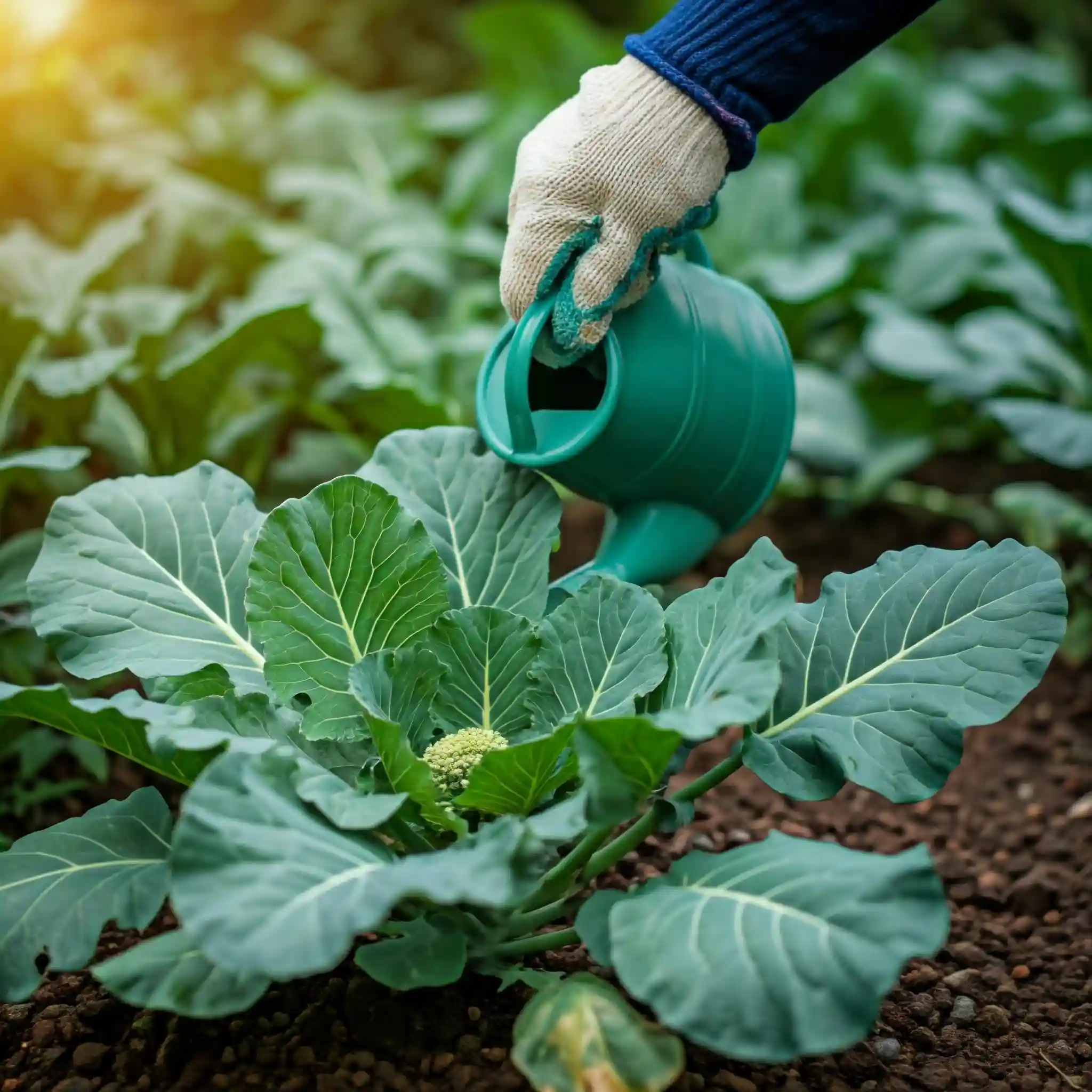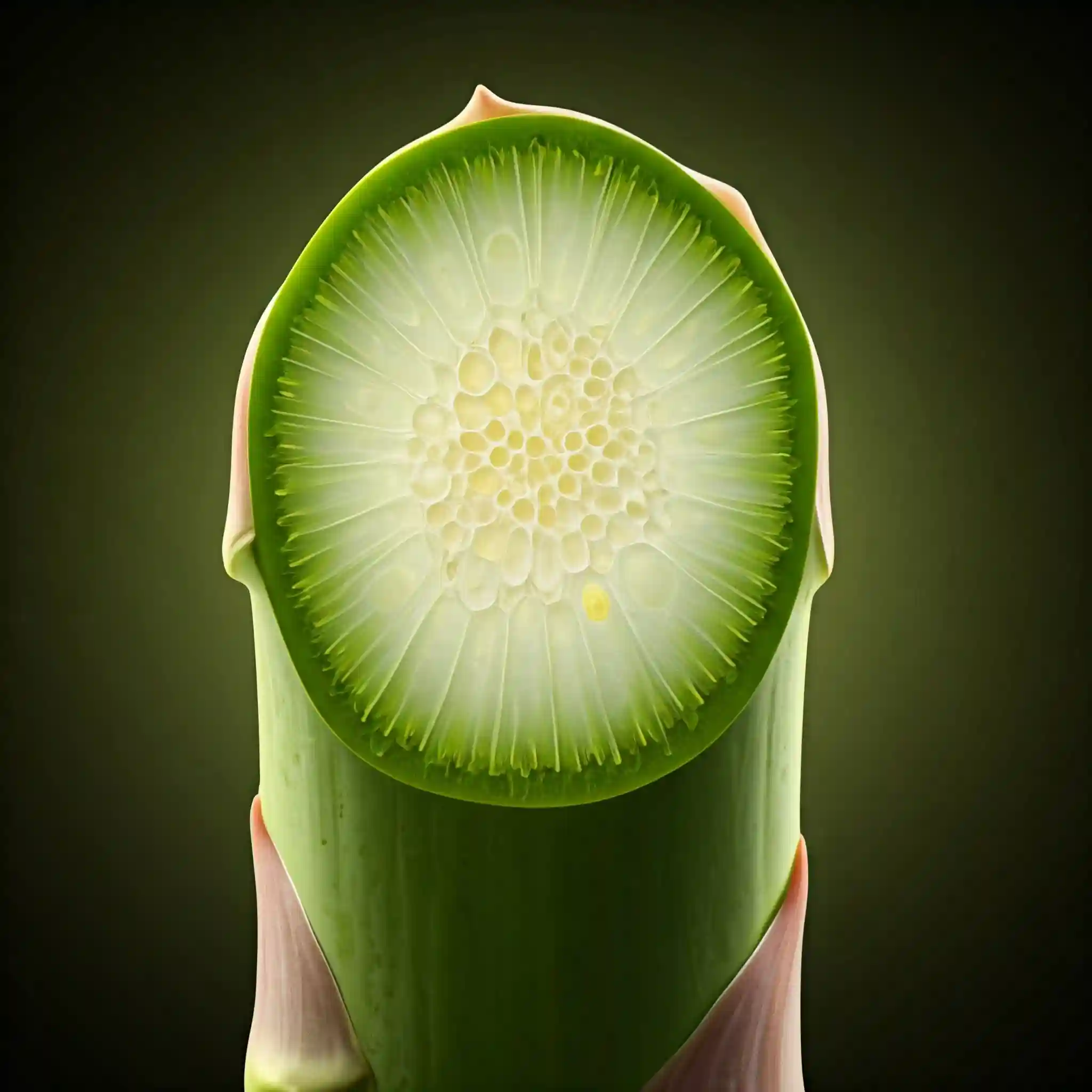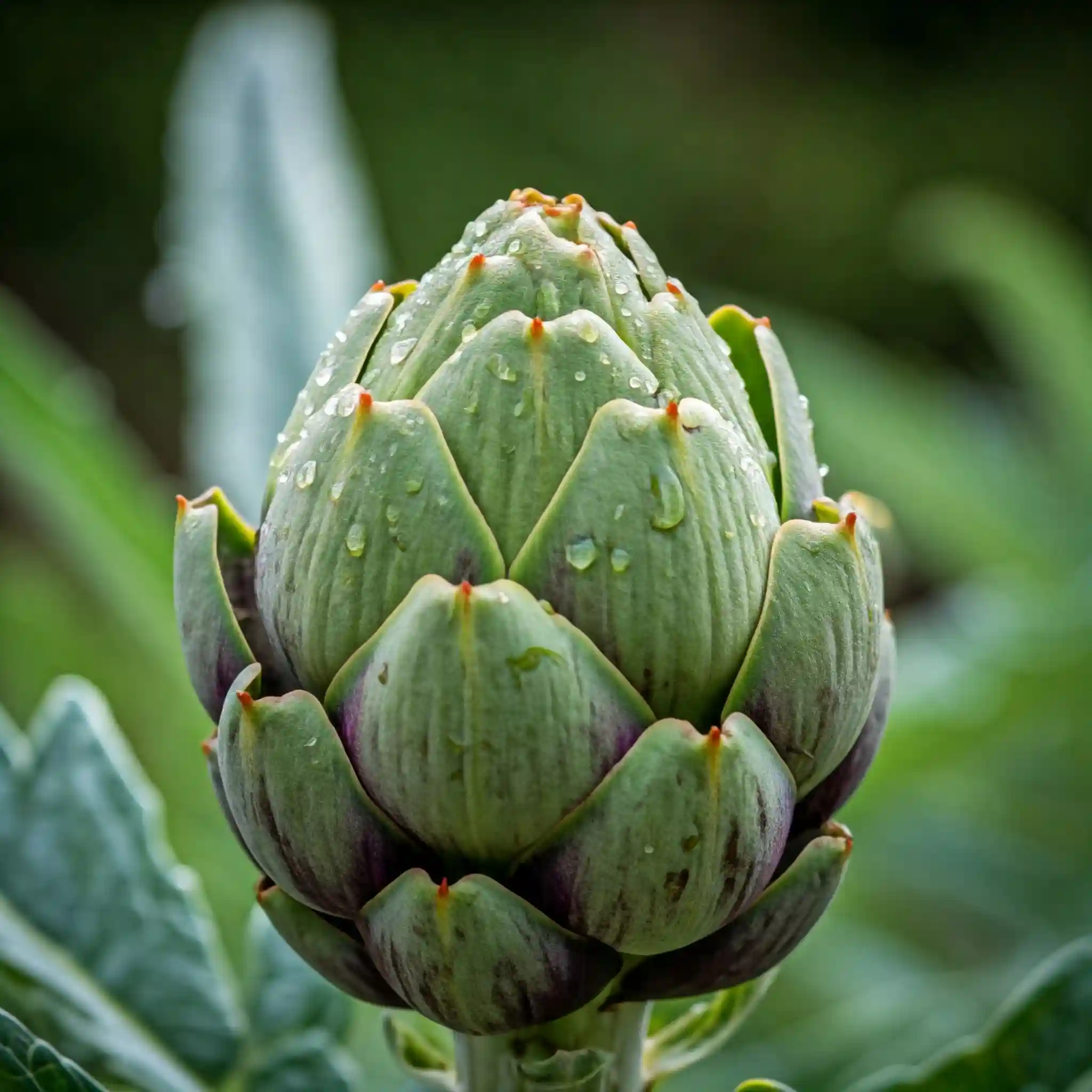Are you tired of your garden looking bland and lifeless? Do you dream of a vibrant, flourishing space filled with colorful blooms and lush greenery? If so, then investing in shrubs is the perfect solution. Shrubs can add beauty, privacy, and functionality to your garden, transforming it into a true oasis. However, with so many different varieties and factors to consider, choosing the right shrubs can be overwhelming.
In this comprehensive guide, we will provide you with all the information you need to make informed decisions and select the perfect shrubs for your garden. From understanding the different types of shrubs to planting and caring for them, we will cover everything you need to know. So, let’s dive in and discover the world of shrubs!
Understanding Shrubs
Shrubs are woody plants that have multiple stems arising from a single base. They are generally smaller than trees and can range from a few feet to several feet tall. Shrubs come in a variety of shapes, sizes, and colors, and can be evergreen or deciduous.
Types of Shrubs
- Evergreen Shrubs: These shrubs retain their leaves year-round, providing a constant source of greenery and visual interest. Examples include azaleas, rhododendrons, junipers, and boxwoods.
- Deciduous Shrubs: These shrubs lose their leaves in the fall and winter, allowing for a seasonal change in appearance. Examples include forsythia, lilacs, hydrangeas, and roses.
- Flowering Shrubs: These shrubs produce beautiful flowers that can add color and fragrance to your garden. Examples include azaleas, rhododendrons, hydrangeas, and roses.
- Non-Flowering Shrubs: These shrubs do not produce flowers, but they can still be attractive due to their unique foliage or growth habits. Examples include junipers, boxwoods, and hollies.
- Native Shrubs: These shrubs are native to your region and are well-suited to the local climate and soil conditions. Planting native shrubs can help support local wildlife and biodiversity.
- Exotic Shrubs: These shrubs are not native to your region and may require special care or maintenance. Examples include camellias, magnolias, and wisteria.
Benefits of Planting Shrubs
- Privacy and Screening: Shrubs can be used to create privacy screens, blocking unwanted views and sounds.
- Beauty and Visual Interest: Shrubs can add color, texture, and structure to your garden, making it more visually appealing.
- Wildlife Habitat: Shrubs can provide food and shelter for birds, butterflies, and other wildlife.
- Property Value Enhancement: Well-maintained shrubs can increase the value of your property.
- Air Quality Improvement: Shrubs help to improve air quality by absorbing pollutants.
- Erosion Control: Shrubs can help to prevent soil erosion on slopes and embankments.
- Energy Efficiency: Shrubs can provide shade for your home, reducing your energy costs during the summer months.
- Improved Mental Health: Spending time in nature has been shown to have positive effects on mental health, and shrubs can create a peaceful and relaxing outdoor space.
Choosing the Right Shrubs
When selecting shrubs for your garden, it’s important to consider several factors:
- Climate and Hardiness Zones: Different shrubs are suited to different climates and hardiness zones. Research the hardiness zone of your area to ensure you choose shrubs that can thrive in your local conditions.
- Soil Type and pH: Shrubs have varying soil preferences. Consider the soil type in your garden and select shrubs that are suitable for your soil conditions.
- Sunlight Requirements: Some shrubs prefer full sun, while others thrive in partial shade. Choose shrubs that will receive the appropriate amount of sunlight for their needs.
- Space Available: Consider the size of your garden and the mature size of the shrubs you want to plant. Some shrubs can become quite large, so it’s important to plan accordingly.
- Desired Aesthetic: Think about the overall look you want to achieve in your garden. Do you prefer a formal or informal style? Are you looking for colorful blooms or interesting foliage?
Popular Shrub Varieties
There are countless shrub varieties to choose from, each with its own unique characteristics. Here are a few popular options:
- Azaleas: These flowering shrubs are known for their vibrant colors and fragrant blooms. They prefer acidic soil and partial shade.
- Rhododendrons: Similar to azaleas, rhododendrons are also known for their beautiful flowers. They are typically larger than azaleas and can tolerate colder temperatures.
- Hydrangeas: Hydrangeas are popular for their large, showy flowers that can change color depending on the soil pH. They prefer moist soil and partial shade.
- Forsythia: This deciduous shrub is one of the first plants to bloom in spring, offering a burst of yellow color. It is a low-maintenance shrub that thrives in full sun.
- Lilacs: Lilacs are known for their fragrant flowers and can be found in a variety of colors. They prefer full sun and well-drained soil.
- Roses: Roses are classic garden plants that come in a wide range of colors and fragrances. They require regular care and pruning.
- Junipers: Junipers are evergreen shrubs that come in various shapes and sizes. They are drought-tolerant and can be used for privacy screening or ground cover.
- Boxwoods: Boxwoods are formal-looking shrubs with dense, green foliage. They are often used for hedges and topiaries.
- Hollies: Hollies are evergreen shrubs that can produce bright red berries in the fall. They are a good choice for adding winter interest to your garden.
- Hibiscus: Hibiscus are known for their large, showy flowers that can come in a variety of colors. They prefer warm climates and full sun.
Shrubs for Specific Purposes
- Flowering Shrubs: If you’re looking to add color and fragrance to your garden, flowering shrubs are a great choice. Popular options include azaleas, rhododendrons, hydrangeas, forsythia, and lilacs.
- Evergreen Shrubs: Evergreen shrubs provide year-round greenery and can be used for privacy screening or ground cover. Examples include junipers, boxwoods, and hollies.
- Privacy Shrubs: If you need to create a privacy screen, consider planting shrubs that grow tall and dense. Good options include junipers, arborvitae, and privet.
- Drought-Tolerant Shrubs: If you live in a dry climate, choose shrubs that are drought-tolerant. Examples include lavender, rosemary, and juniper.
- Shade-Loving Shrubs: For shady areas of your garden, select shrubs that can tolerate low light conditions. Good options include azaleas, rhododendrons, and hostas.
- Wildlife-Attracting Shrubs: If you want to attract birds, butterflies, or other wildlife to your garden, plant shrubs that provide food and shelter. Native plants are often a good choice for attracting wildlife.
Planting and Caring for Shrubs
Once you’ve selected the perfect shrubs for your garden, it’s time to plant them. Here are some tips for planting and caring for shrubs:
- Timing: The best time to plant shrubs depends on your climate. In most areas, spring or fall is the ideal time to plant.
- Location: Choose a location that provides the appropriate amount of sunlight and soil conditions for your selected shrubs.
- Planting Hole: Dig a planting hole that is twice as wide and as deep as the root ball of the shrub.
- Soil Preparation: Amend the soil in the planting hole with compost or other organic matter to improve drainage and fertility.
- Planting: Gently place the shrub in the planting hole and fill in the surrounding soil. Water the shrub thoroughly after planting.
- Watering: Shrubs need regular watering, especially during dry periods. Water deeply and infrequently to encourage deep root growth.
- Pruning: Some shrubs may require pruning to maintain their shape and size. Follow the recommended pruning guidelines for your specific shrub varieties.
- Fertilizing: Fertilize your shrubs annually in the spring or fall with a balanced fertilizer.
- Pest and Disease Control: Monitor your shrubs for signs of pests or diseases and take appropriate action if necessary.
- Winter Protection: In colder climates, some shrubs may need protection from harsh winter weather. Consider wrapping them in burlap or using frost blankets.
Buying Shrubs
When it comes to buying shrubs, you have a few options:
- Nurseries and Garden Centers: Local nurseries and garden centers often have a wide selection of shrubs to choose from. You can inspect the plants in person and get advice from knowledgeable staff.
- Online Retailers: Many online retailers offer a variety of shrubs for purchase. However, it’s important to research the seller and read customer reviews before making a purchase.
- Plant Catalogs: Plant catalogs can be a great resource for finding unique or hard-to-find shrubs.
Tips for Buying Healthy Shrubs
- Inspect the Plants: Look for healthy, vibrant plants with no signs of disease or pests.
- Check the Root System: The root system should be well-developed and free of damage.
- Consider the Size and Age: Choose a shrub that is appropriate for your space and stage of growth.
- Negotiate Prices: Don’t be afraid to negotiate the price, especially if you’re buying multiple shrubs.
Buying Shrubs Online vs. In Person
- Online Shopping:
- Advantages: Convenient, wide selection, often lower prices
- Disadvantages: Can’t inspect plants in person, potential shipping delays
- In-Person Shopping:
- Advantages: Can inspect plants in person, get advice from knowledgeable staff
- Disadvantages: Limited selection, may be more expensive
Conclusion
Shrubs can be a beautiful and functional addition to any garden. By following the tips and information in this guide, you can choose the right shrubs for your space and ensure their success. Remember to consider factors such as climate, soil type, sunlight requirements, and your desired aesthetic. With proper care and attention, your shrubs will thrive and bring joy to your garden for years to come.




